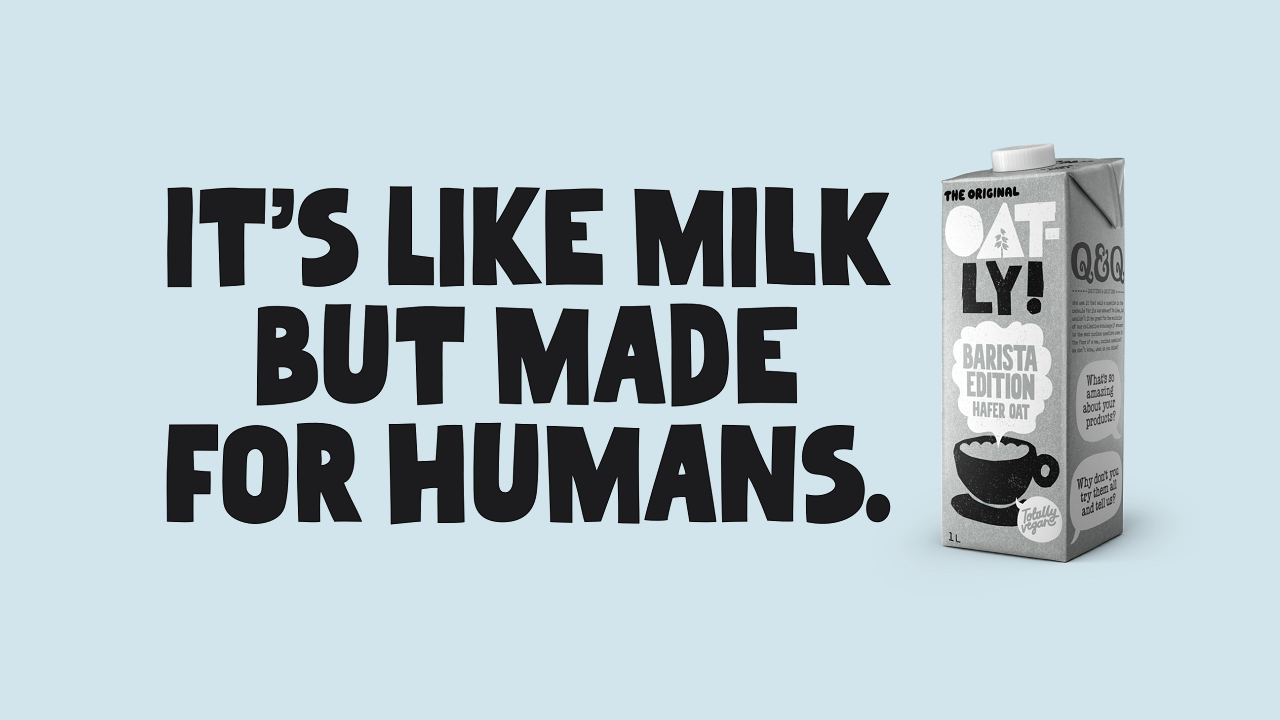Real People, Real Trust: Why Authentic Voices, Not Polished Brand Messages, Are Winning Hearts and Building Trust 🎙️
There was a time when the slick sheen of a television commercial was the gold standard of persuasion. A McDonald’s jingle could infiltrate pop culture, and a Nike tagline could motivate a generation. Fast-forward to now, and it’s not the glossy magazine ads that sway us – it’s someone like your neighbour, sharing their top 10 burger spots or unboxing sneakers from their living room.
Welcome to the age where influence has shifted from suits and boardrooms to bedrooms and yoga pants. Here, trust isn’t necessarily built with million-pound campaigns but with candid conversations, relatable insights, and the kind of unfiltered realness that only a human can deliver.
But don’t worry – this doesn’t mean advertising agencies and design studios are going extinct, like MySpace or flip phones. They are still a while away from that, as long as evolution is embraced – borrowing the best parts of what’s working for content creators and building something that can exist alongside the new wave of creativity to capture attention.
People, Not Brands, Lead Influence
For decades, brands operated like distant relatives – always sending playful messages but never actually making it to the family barbecue. Think Cadbury's iconic drumming gorilla. Memorable? Absolutely. Relatable? Perhaps if you’re a percussion-loving primate with a chocolate addiction.
Enter social media. Platforms like YouTube, Instagram, and TikTok have transformed the landscape, putting quirky, authentic, flawed individuals at the forefront. Nowadays, people are the storytellers, and audiences tune in because they feel like they are listening to a friend, not a faceless corporation.
Parasocial Relationships Explained
Picture this: you know your favourite podcaster's entire life story, including their dog's dietary restrictions and that embarrassing incident at their cousin's wedding. Meanwhile, they wouldn't recognise you if you crashed into their trolley at Tesco (Let’s be honest, they probably shop at Waitrose). Welcome to parasocial relationships – where one-sided friendships are totally normal and not at all weird (we keep telling ourselves).
These digital bonds have turned creators into the dominant force of influence. People aren't just consuming content; they're buying into entire worldviews. When creators recommend a product, it feels less like being sold to and more like getting advice from that friend who's annoyingly good at life.
Brands That Embrace the New Playbook
The most successful and respected digital creators excel because they show us who they are – scars and all. Brands, by contrast, often hide behind layers of polish. The brands winning today are the ones borrowing from the content creator playbook: being relatable, approachable, and honest (well, as much as they can without spooking investors), ultimately making consumers believe they are as trustworthy as their best mate.
Monzo brings a playful and authentic tone to the often-dry world of banking. With campaigns like "Money Never Felt Like Monzo" and a relatable, conversational social presence, they’re making banking feel refreshingly approachable – though let’s face it, it’s still banking, just with a better sense of humour.
Oatly has essentially turned milk alternatives into a personality trait, standing out with humorously self-deprecating campaigns. Their marketing blends a strong sense of purpose with witty, offbeat humour that's refreshingly honest and hard to ignore.
Patagonia literally gave away their company profits to fight climate change. That's either the best marketing stunt ever or genuine altruism. Plot twist: it's both, and their revenue jumped as a result. Turns out giving a damn about something bigger than your quarterly earnings actually works.
CEOs Trade Boardrooms for the Spotlight
In this era of authenticity, CEOs are stepping into the limelight in a big way, becoming the faces of their brands. Figures like Elon Musk, Richard Branson, and Jeff Bezos have long used their larger-than-life personas to amplify their companies.
But it’s not just the billionaire boys' club anymore. Ben Francis built Gymshark in his parents’ garage, Emma Grede has us rethinking shapewear with Skims, Whitney Wolfe Herd flipped the script on tech bros with Bumble, and James Watt made craft beer exciting at BrewDog. By stepping into the spotlight, leaders make their brands feel more human – bridging the gap between the corporate and the community.
The Future of Brand Image
Consumers are no longer satisfied with the polished, impersonal facades of the past; they crave the raw, imperfect, and authentic connections that only people can provide. In this new era, brands that embrace transparency, humour, and a genuine sense of purpose will thrive, while those that remain stuck in the textbook approach risk being left behind.
The future of brand image lies not in product features or box-ticking campaigns, but in real, relatable stories told by people and brands who are just as human as the audience they’re trying to reach. So, embrace the mess, show your true colours, and remember – being real is the new brand gold standard.






